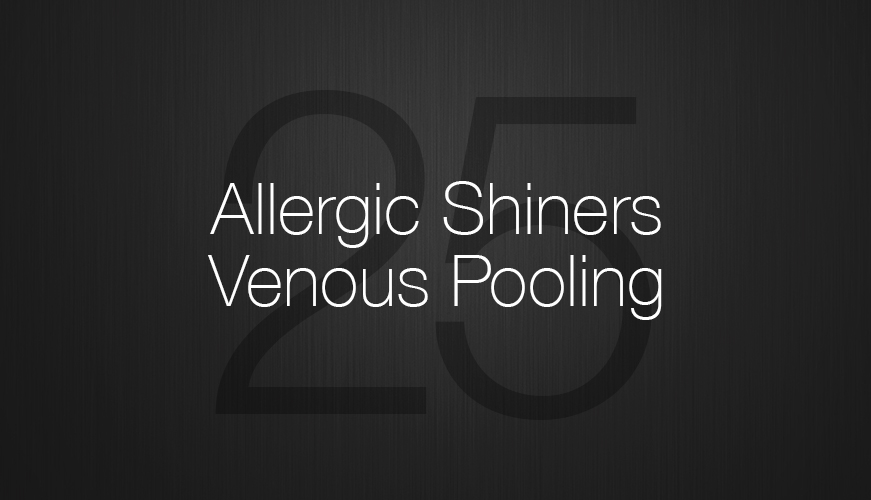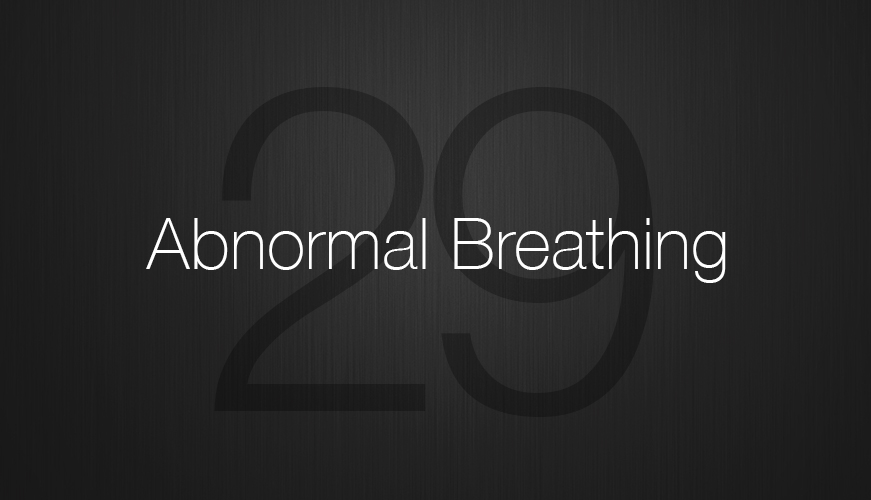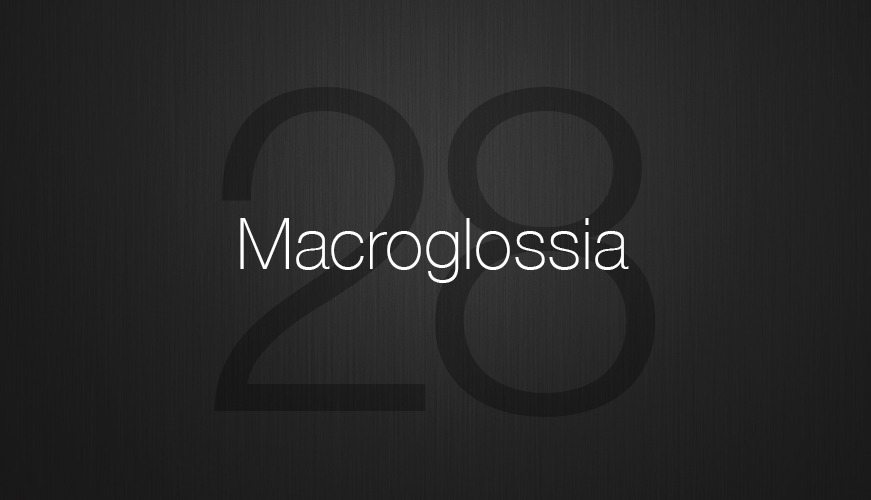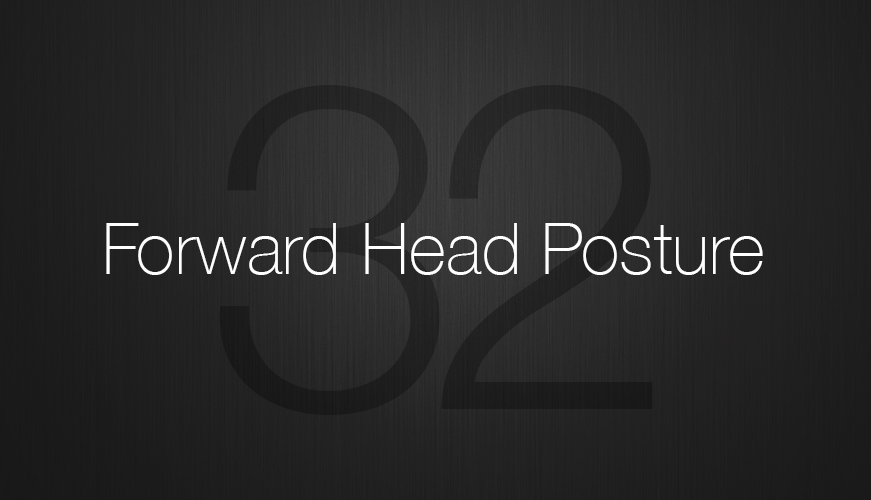Orofacial Myofunctional Disorders (OMDs): Dx, Rx, Tx, & Px
1 Mouth Breathing vs Nasal Breathing
2 Open Mouth Posture
3 Tongue Thrust – Anterior
4 Bi-Lateral Tongue Thrust
5 Tongue Tie
6 Lip Tie
7 Atypical Swallowing
8 Habits
9 Chewing Disorders
10 Facial Muscle Dysfunction
11 Hypotonic Masseters
12 Speech Misarticulations (Lisps)
13 Tonsils/Adenoids
14 TMD
15 Sleep Disorders/Sleep Apnea
16 Bruxism/Clenching
17 Low Tongue Rest Posture
18 Snoring
19 Malocclusions
20 Cavities And Gum Disease
21 Changes In Saliva Quantity & Quality
22 Restricted Maxilla/High Palate
23 Tongue Scalloping
24 Craniofacial Dysfunctions
25 Allergic Shiners. Venous Pooling
26 Eustachian Tubes Dysfunctions
27 Esthetic Changes
28 Macroglossia
29 Abnormal Breathing
30 Tinnitus
31 Infant Feeding Problems
32 Forward Head Posture
OROFACIAL MYOFUNCTIONAL DISORDERS
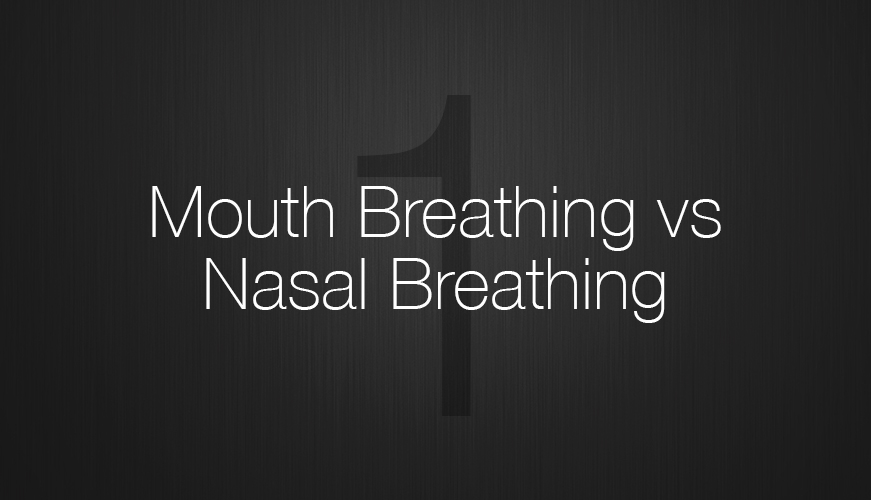
When the nose is congested or occluded mouth breathing is obligatory. However, often the habit of oral breathing is present even after the nasal breathing is restored.
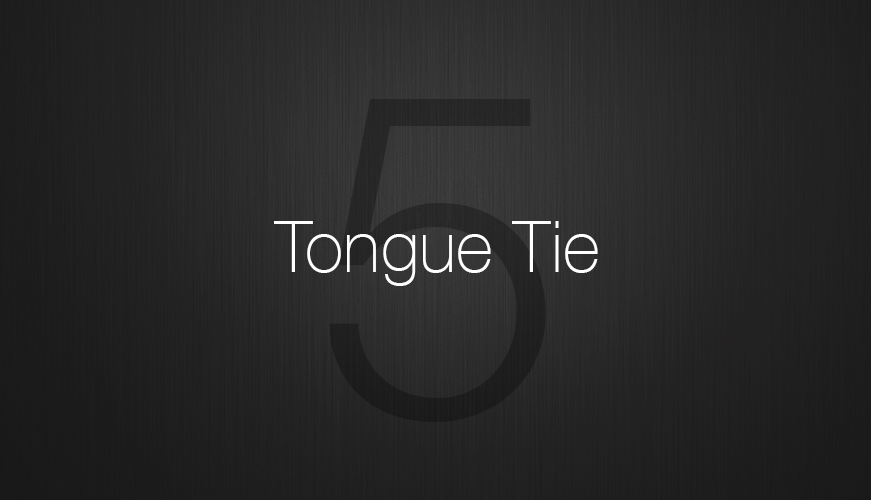
Embryological remnant of tissue or apnoneurosis of the genioglossus muscle in the midline between the undersurface of the tongue and the floor of the mouth that restricts tongue movement. Ankyloglossia is a severely restricted tongue-tie. (restricted).
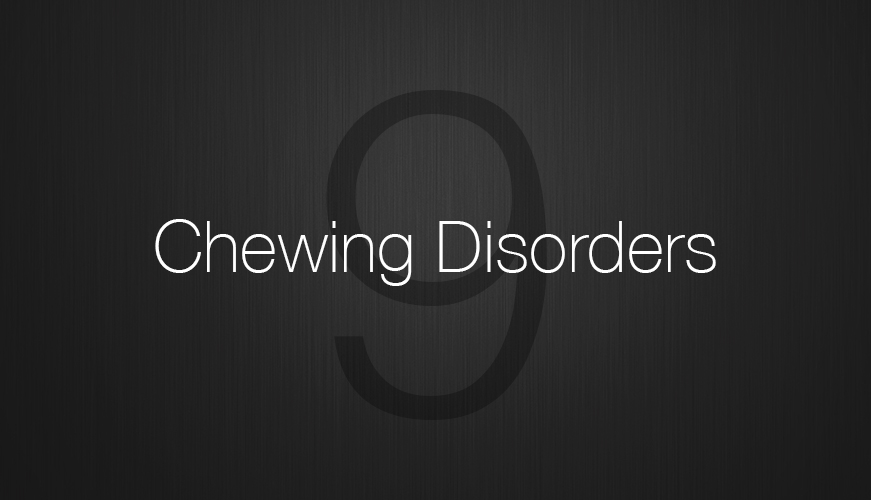
Chewing disorders are chewing with the mouth open; excessive chewing of gum; exclusive chewing on one side; avoidance of foods with certain textures such as meat, raw vegetables, seeds, some fruit and nuts; preference for soft or pureed food; pain or discomfort during chewing; abnormal jaw movements.

The tonsils and adenoids are part of the immune system in children. Adenoids are situated in the posterior portion of the nose. Enlarged tonsils and adenoids reduced or prevent nasal breathing, proper function… Read More
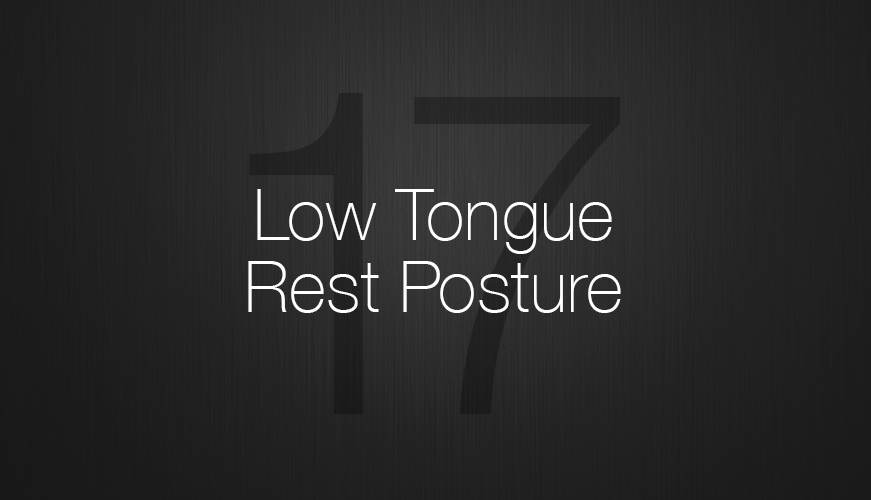
Any time the nasal breathing is impaired, temporarily or chronically, the jaw drops and the tongue positions itself low and forward to open up the upper airways. A low tongue rest position (or posture) is either a necessity or a habit… Read More

Saliva has multiple purposes and its enzymes provide the beginning of the digestive system. Too little saliva affects chewing, swallowing, teeth and gums health, speech, sleep breathing and digestion… Read More
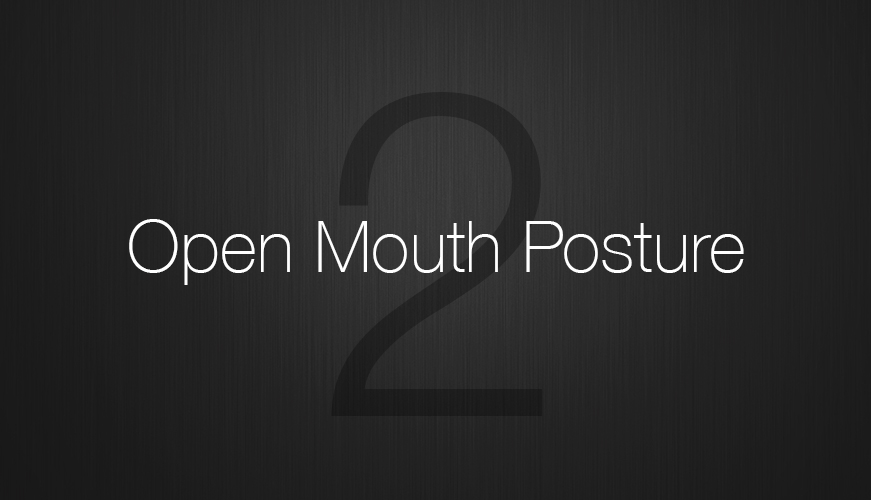
The habits continues to encourage abnormal growth and development and may lead to orthodontic problems, TMJD, peri-oral skin conditions, dry and cracked lips, narrow palate, nail and finger skin infections etc. Attention must be paid to underlining physiological, psychological disorders and behavior problems.

Lip-tie also called a restricted labial or buccal frenum, is an embryologic remnant of tissue, also called mid-line deficiency, which may restrict normal lip function.
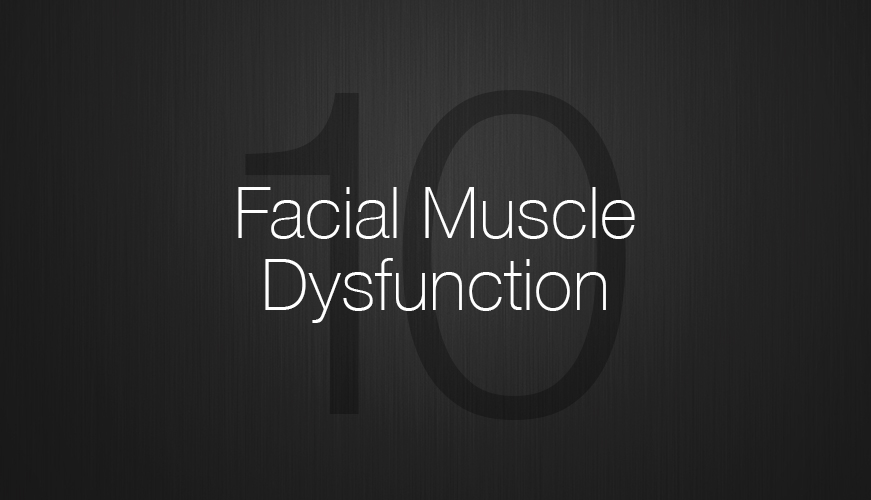
Facial muscle dysfunctions (parafunctions) include lips open at rest, use of facial muscles to stabilize the mandible during swallowing, mannerism (puckering, pressing, shifting), excessive muscle tension, tension of the neck muscles, wrinkling of forehead, periocular muscles and furrowing of facial muscles. Usually accompany a tongue thrust swallow.
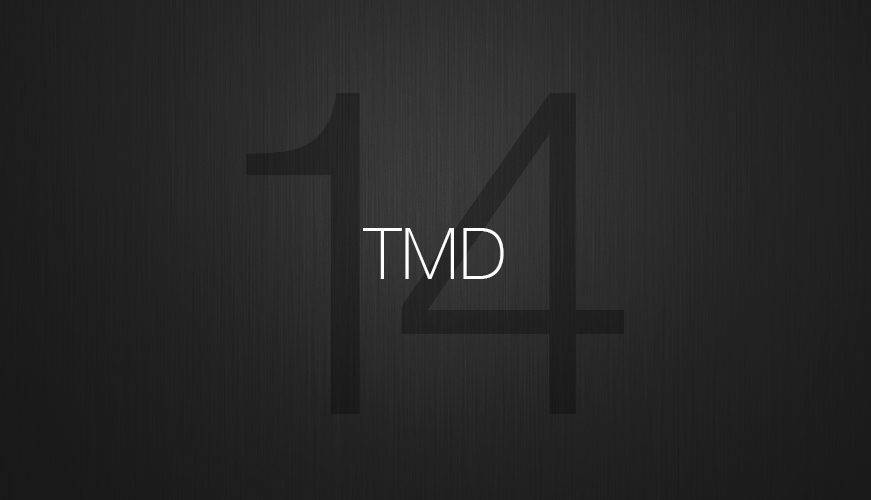
When the orofacial muscle function and patterns are incorrect, the symmetry, equilibration and range of motion of the TMJ may be dysfunctional, causing discomfort or pain.
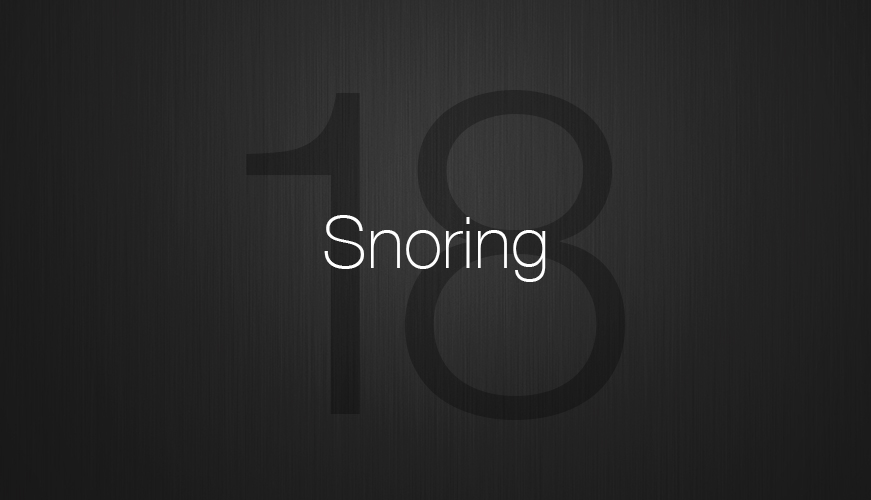
Snoring occurs when air flows past relaxed tissues in the throat causing the tissues to vibrate as one breathes, which creates irritating sounds. The irregular airflow may be caused by a passageway blockage and may influence the soft palate and uvula to collapse.

A normal palate is shallow and with a large arch. When the tongue rests low habitually, there is a prolonged thumb sucking habit and proper nasal breathing is absent the force of the cheeks push the maxilla inward… Read More

The Eustachian tubes connect the middle ear with the posterior portion of the nose. They provide
aeration, air pressure balance and drainage to the middle ear… Read More
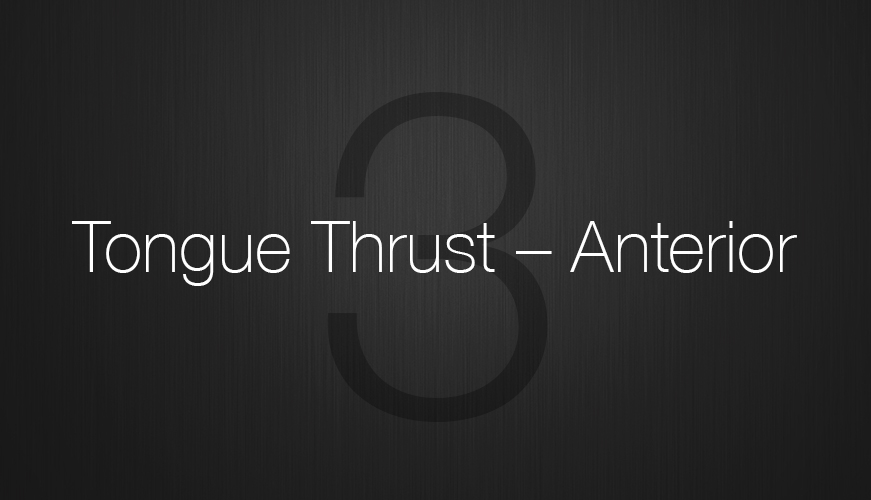
Lack of nasal breathing or sleep disordered breathing may lead to the tongue moving or resting forward and pushing against the teeth (static). During the swallow, instead of pushing up to the palate the tongue moves forward or laterally, called anterior, bi-lateral, unilateral or bi-maxillary tongue thrust (dynamic).

Although there is a range of normalcy in the swallowing pattern, usually, swallowing with a tongue thrust (forward or lateral), with lips open, with unstable jaw stabilized by tongue and facial muscles is considered to be atypical, which is a mild degree of swallowing disorder.

The masseters are both chewing muscles and postural muscles to keep the jaw in place during activities such as walking, running or jumping. The masseters are designed to crush food between the teeth, so when the teeth are in malocclusion and do not touch, the masseters are de-activated… Read More
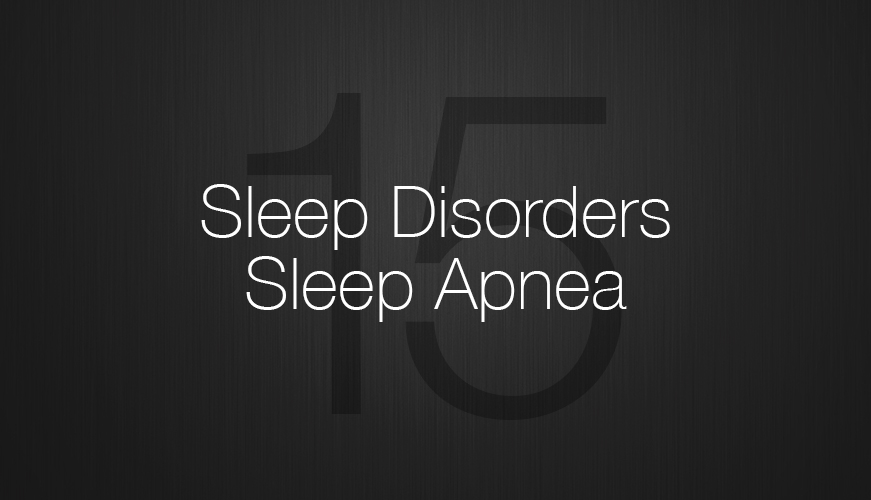
Snoring, Sleep Apnea, Narcolepsy, Circadian Rhythm, Sleep Disorders, Insomnia, Night terrors, Nightmares, Sleep walking, Sleep talking, Bedwetting, Sleep related, Movement disorders, Excessive Daytime, Sleepiness disorders

Malocclusion is the inability of the teeth to intelock properly during chewing and swallowing. Angle’s classification of malocclusion looks at the relationship of maxillary and mandibular teeth.

When the tongue constantly pushes against the teeth, especially in adults, the tongue develops indentations on the side. Scalloping is very common in people who have OSA or a restricted oral volume as in certain malocclusions.
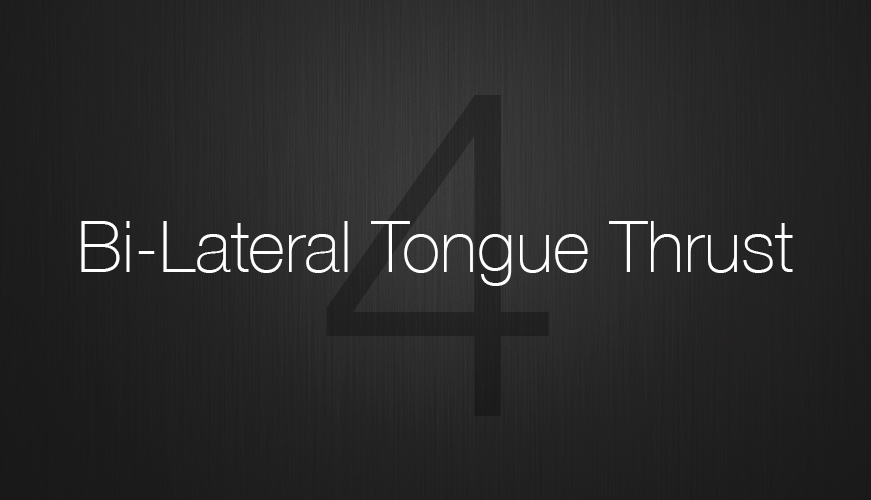
Embryological remnant of tissue or apnoneurosis of the genioglossus muscle in the midline between the undersurface of the tongue and the floor of the mouth that restricts tongue movement. Ankyloglossia is a severely restricted tongue-tie.

Habits are tongue, lip, pacifier and thumb sucking; leaning on one’s hand, nail biting, lip licking, facial mannerism (excessive movements) etc. Sometimes, if the infants are not allowed sufficient time or uses an incorrect sucking technique, they may find satisfaction in sucking their fingers, or pacifiers or objects or their tongue… Read More
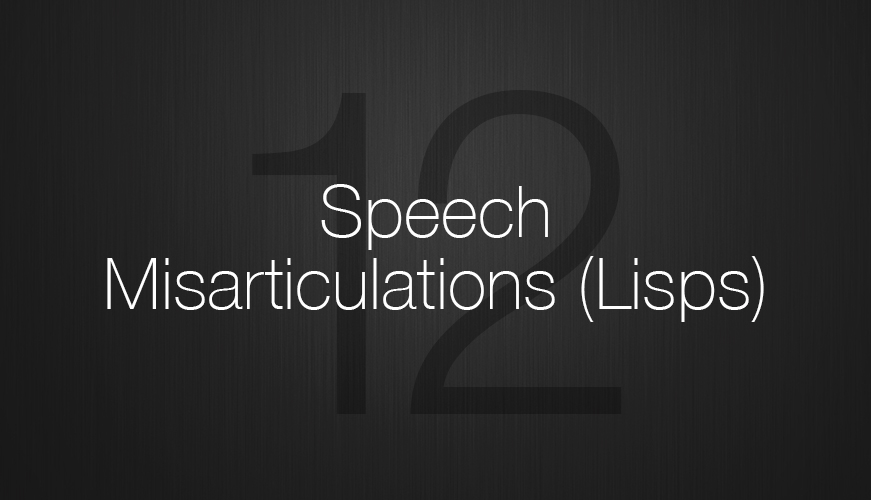
When the tongue stays low in the mandible, at rest, and thrusts during swallow and the nasal breathing is
not optimal, then speech mis-articulations, often called lisps, develop or persist. The sound /s/ is produced like
a /th/, with the tongue between teeth, which is incorrect in English language. Read More

Clenching is closing the teeth tightly, often for prolonged periods of time. Itis a normal function when bearing down (as in weightlifting or constipation). Read More
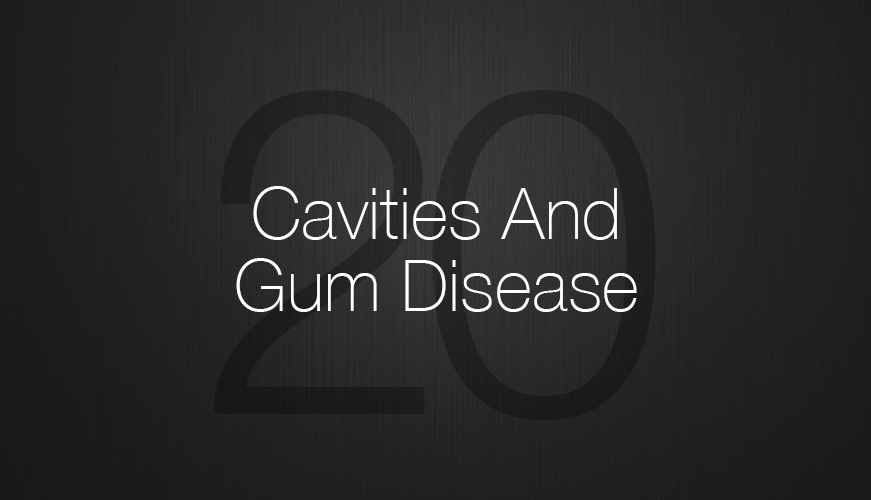
Infectious diseases such as caries and periodontal diseases can compromise oral health. Colonizing bacteria form a complex community that adheres to tooth surfaces and form a biofilm, commonly called plaque. Read More

Unlike genetic malformations such a cleft palate or afacial dysmorphosis, the chronic impact of OMDs causes changes in the growth a development of the craniofacial complex, with malocclusions, restricted maxilla…Read More
